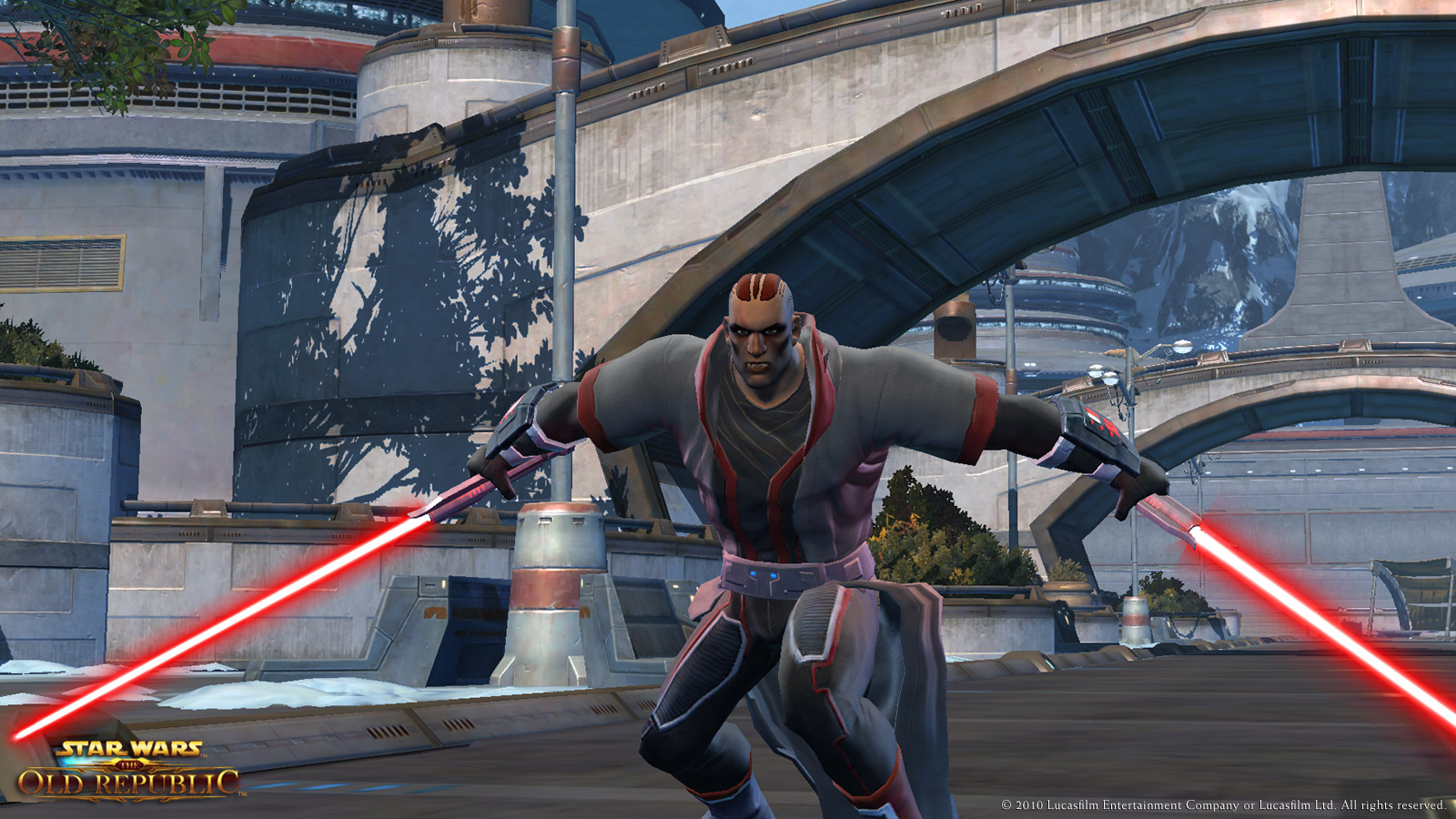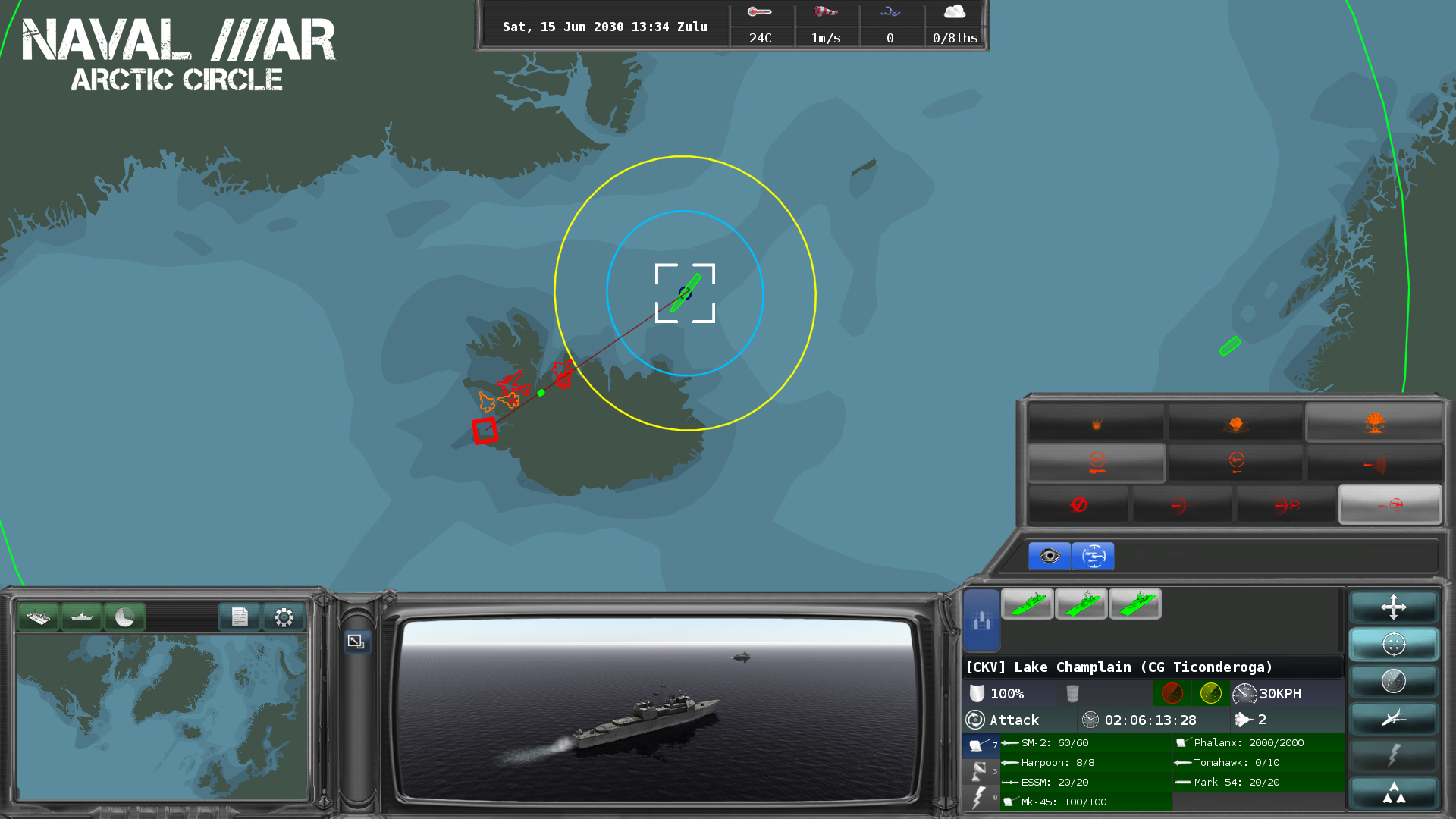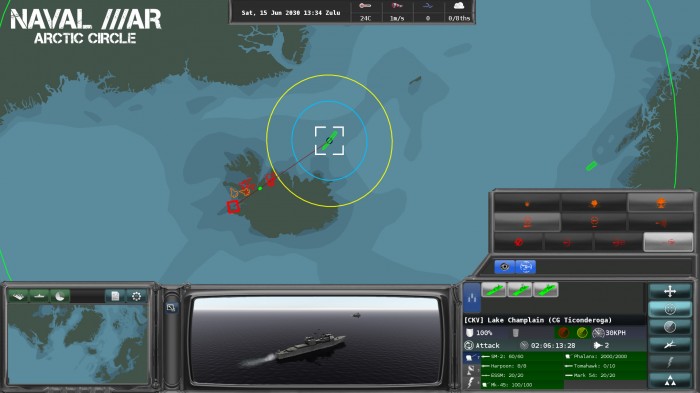So I just finished playing through Mass Effect 3 and thought I would write up my thoughts on this last in the first Mass Effect trilogy (not counting the mobile games). I am still decompressing a bit from a very intense gameplay experience, so there will be a lot of stream-of-consciousness typing here. Pardon me in advance. I will start this review by summing up Mass Effect 3 like so:
Mass Effect 3 is 40 hours of incredible story, ending with 10 minutes that invalidates the entire experience and will anger you. A lot.
I will save the seriously-spoiling details for after a warning below, so sit-tight. After firing up the game on my three-monitor PC gaming rig, I discovered that Mass Effect 3 does not support my widescreen resolution of 5760×1080. The menu and UI elements were all stretched in a strange way and it was not playable because of this. I turned my resolution back to 1920×1080 and finally got to begin my gaming experience. I don’t recall having this problem in Mass Effect 2, but I digress.
Mass Effect 3’s gameplay has been infused with a cover system which, on the consoles, works very well. Using keyboard and mouse on the PC, however, it seems that the developers believed that computer gamers like to use their spacebars for doing everything. Spacebar controls using things, engaging cover, jumping over objects, and sprinting. Hit spacebar too close to an object and you will duck behind it. Double click the spacebar while holding a direction key and you will Kirk-roll in that direction – unless, you are standing too close to cover and you have a good chance of utilizing it. Problem is, that you don’t always want to move to cover. Sometimes you want to run to a position or dodge. Using the spacebar for so many controls makes accurately-predicting what your character is about to do problematic when the heat of battle and fog of war take hold.
Graphically, Mass Effect 3 is just as nice to look at as Mass Effect 2. Not much has changed in this area. Sound design is also more of the same. Additionally, all the voice actors do a nice job of reprising their characters.
What positive things can be said about the game? Well, you will have a great time playing through Mass Effect 3 – awesome story arcs, character interactions, dialog choices. Just phenomenal. Seriously, a great gaming experience. Until the end.
The disappointing part of Mass Effect 3 is that you spend so much time planning out your dialog options, squad choices, etc that all of it ends up being practically meaningless. After about 40 hours of intense and exciting gameplay, no matter what you do, you end up with 3 possible endings. Endings which re-use the same cut-scenes (minus a few details in each iteration) and leave you feeling used and abused in a not-so-nice way. BioWare and Electronic Arts touted this game series as being all about player choice and character interaction. The last ten minutes of Mass Effect 3 completely ruins not only all of your choices in this game, but also your choices in the previous two games. This is a huge bait-and-switch on the part of BioWare and left me wondering what happened in the dev cycle to cause this.
*********SERIOUSLY-ANGERING SPOILERS AHEAD!!!!*********
In Mass Effect 2, you had a really well-crafted, choose-your-own-adventure end campaign of selecting crew members to do specific tasks and getting a great resolution showing the outcomes for each of them (despite the melodramatic “human reaper” thingy). So, gearing up for the final assault on the Reaper transport beam I found my first squad selection. I thought for several minutes – who shall I choose? What are the possible outcomes of doing so – fully-expecting another riveting end campaign sequence where these characters that I had grown to care about could survive or not. I selected two squad-mates and began the assault towards the beam. I kept waiting for more decisions – tasking crew members with certain things, action involving them were, depending on who I had brought along, they would live or die or affect the mission on a serious level. It never happened. Instead, I just kept fighting. Fighting and defending areas in some very intense combat. Enjoyable, but straight-forward. I reached my final run towards the beam in the face of a huge Reaper firing its beam cannons and, surprise, everyone is dead – including my two squadmates. You live, barely, and in a Modern Warfare 3 style moment, hobble towards the beam and get sucked up into the Citadel. There you meet Andersen, who also got into the beam, and the Illusive Man. No matter what you choose to do in the next five or so minutes, you finally get to the end…
You finally get to meet the entity controlling the Citadel. This entity takes the form of a child who is killed in the first portion of the game and haunts Shepard’s dreams. The entity claims it is the Citadel and created the “cycle” system where young races get to flourish and older races are killed off and turned into Reapers who then go lie in wait for another 50,000 years to go by – only to start the process over again. The reason this entity crafted the cycle system is because, given enough time, synthetic life will wipe out all organic life in the galaxy… So it created synthetic Reapers to kill organic life every 50,000 years… Hmmm…
So in order to stop synthetics from killing organics, you create synthetics to kill organics?!?
This is the part where your head should explode like it just got read “the Chewbacca defense”.
Then, you are given three choices: Kill all synthetic life, merge with the synthetic life so that organics and synthetics become as one, or try to control the Reapers and lead them away. All of these lead to the same basic cut-scenes, and there is no happy ending for Shepard (even in one where he seems to have possibly survived in a Crank-style moment). Worse yet, you get no real update on the outcomes of your squad-mates and NPC associations. Additionally, the Mass Relays are blown up in ALL of these choices. This means that, while FTL travel exists, there is no feasible way to jump across the galaxy and visit other planets. Additionally, there is this strange cut-scene of the Normandy getting chased by an energy field and breaking up, only to crash land on a jungle world. Why is this happening to the Normandy? Why are they not fighting Reapers in orbit like the rest of EVERY fleet in the galaxy (I rallied all of them). It just doesn’t make sense. I am so damned confused as to why I invested 40 hours into this experience – not to mention countless hours in the first two games.
Now, before you get all “the GEEK is taking this way to serious” on me, hear me out (and I appreciate your reading this): If Mass Effect 3 were billed as a shooter game or developed by the makers of “Extreme Rodeo”, I could overlook the whole mess of an ending. No problem. But, BioWare has gone to great lengths in touting that Mass Effect is all about player choice and character interaction. And, in large part, the game is! I was very happy with the game until the last twenty minutes or so. It actually feels like it becomes another game. I don’t know if this was an issue with development time or what. It just feels tacked-on and poorly thought out – worse yet, it invalidates all my choices I made over the 40 hours of playtime. I am very disappointed with this.
Here is the next rub…
After doing one of these three endings. Shepard is most-likely dead, Mass Relays destroyed, Normandy crashed and no word on the fate of your friends. You then find yourself back on the ship as if nothing happened. You get some cheesy “don’t forget to drink your Ovaltine” style message about continuing the adventure in multiplayer and DLC. But… Why would I want to do that?!? I know what happens. The character is dead, species cut-off from themselves, and no fricken updated on how my squad-mates turned out after taking so much time to help them through the adventure?!? There is absolutely no reason to spend money on a DLC knowing that there is no hope for the endgame.
Anyhow, thanks for reading my review/rant on this game which, if you shut the computer off right when Shepard makes it to the Beam, is pretty damned good. Just don’t play past that point and pretend that what you are doing matters in the game’s storyline. Make up your own ending – it will be light-years better than what BioWare cooked up for the last ten minutes of the game.

























